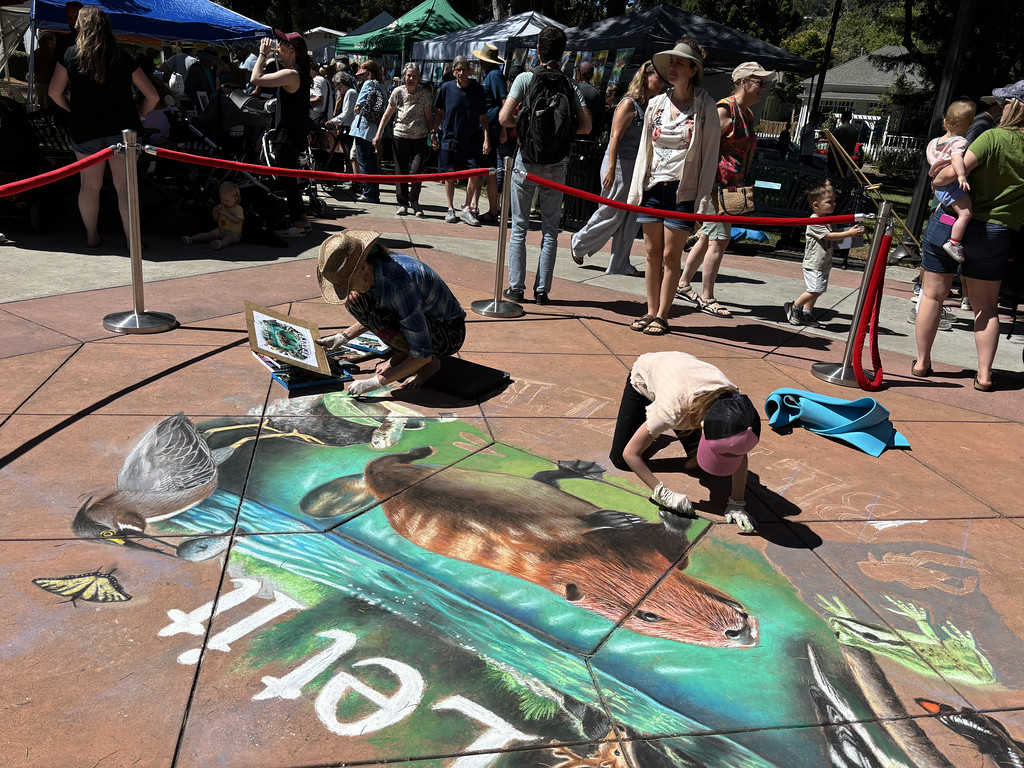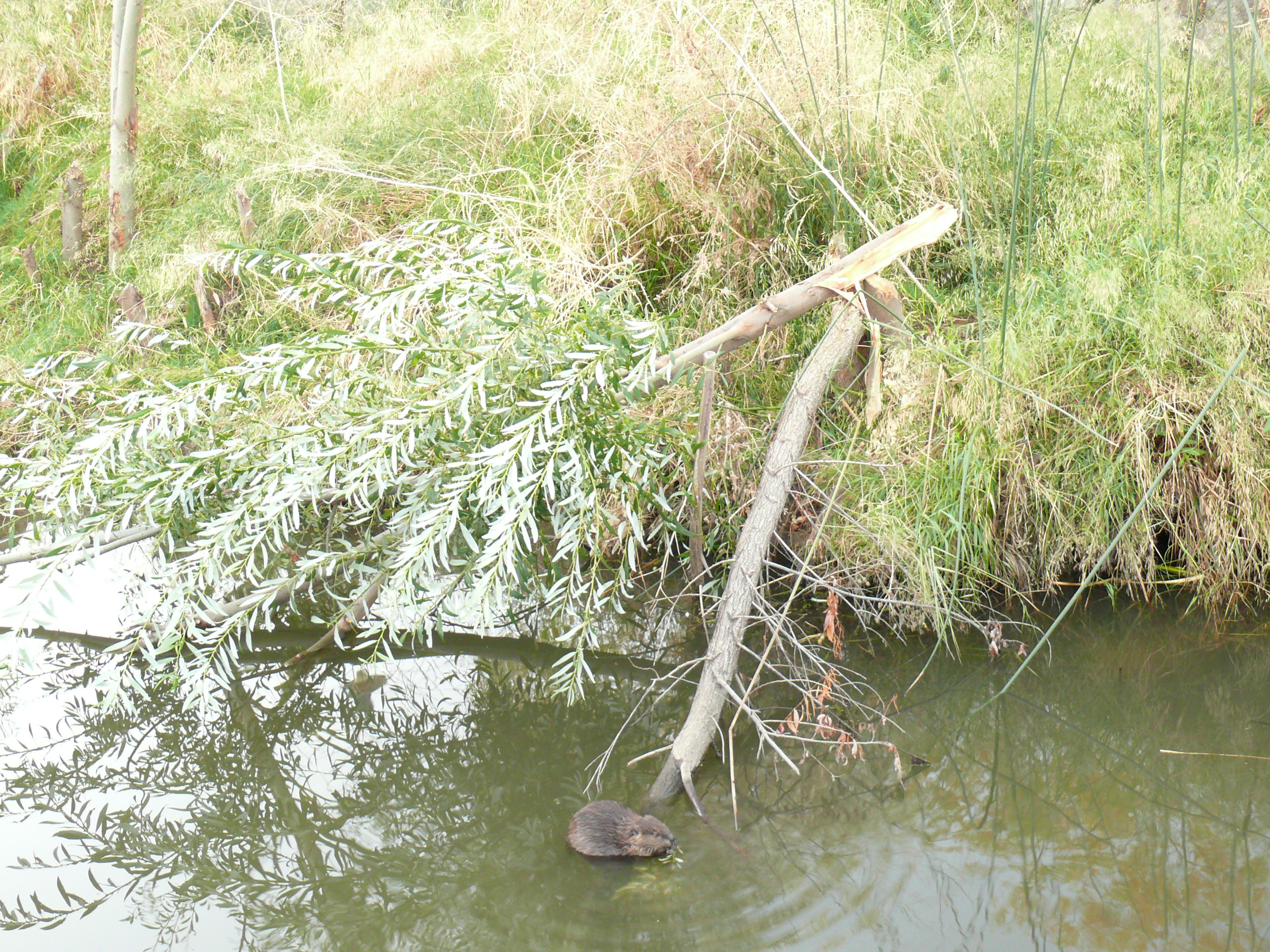I’m not sure I quite understand this story, but I’m not complaining. Apparently it was inspired by some recent photos from Judy Lehmberg who came across a family in the Tetons doing what beavers do, She is a biology teacher turned photographer and fairly well known. Which is a little confusing, because these photos all look a little blurry to me and I’ve seen plenty of amature beaver photos that are way better?
Beavers: The Engineers of the Wild
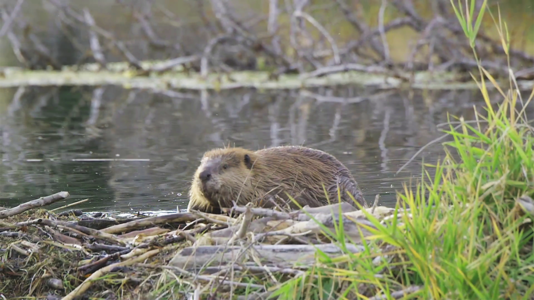 Beavers are famous for being the engineers of the wild, building their own custom dams. Check out this footage to witness them in action
Beavers are famous for being the engineers of the wild, building their own custom dams. Check out this footage to witness them in action
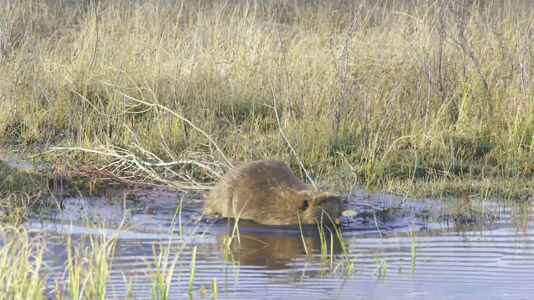 Wildlife photographer Judy Lehmberg came across a clever beaver going about its day in Schwabacher’s Landing in the Tetons Beavers aren’t particularly rare in these parts, and seeing them is a good sign of a healthy environment. They enhance biodiversity and contribute to the overall health of the areas they reside in.
Wildlife photographer Judy Lehmberg came across a clever beaver going about its day in Schwabacher’s Landing in the Tetons Beavers aren’t particularly rare in these parts, and seeing them is a good sign of a healthy environment. They enhance biodiversity and contribute to the overall health of the areas they reside in.
Is it me or do these photos look blurry? Schwabacher’s Landing in the Tetons have got to be some of the most photographed beavers in the world. Second only to Martinez of course. They don’t usually look blurry.
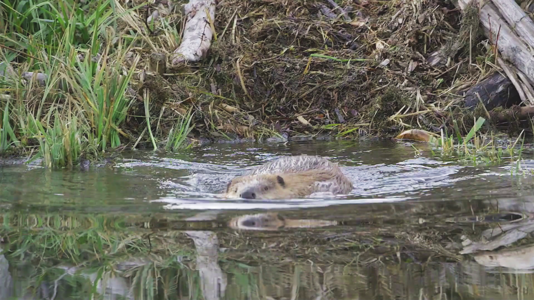 Beavers are highly social creatures and rely on bonds within their colonies to survive. They live in family units comprising a mated pair and their offspring. In their groups, beavers have developed efficient ways of communicating via vocalizations, body postures, and scent marking. They may also slap their tails to warn others of danger.
Beavers are highly social creatures and rely on bonds within their colonies to survive. They live in family units comprising a mated pair and their offspring. In their groups, beavers have developed efficient ways of communicating via vocalizations, body postures, and scent marking. They may also slap their tails to warn others of danger.
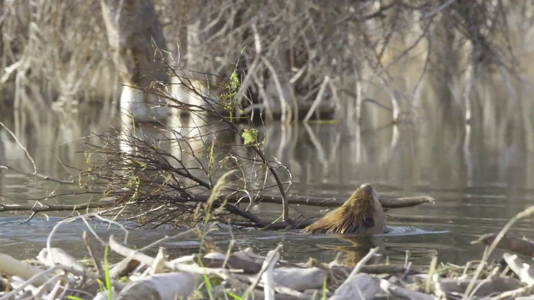 Beavers have incredibly strong teeth that are ever-growing. Their teeth have high iron levels, making them sturdy enough to cut through wood. These mammals have also adapted to be suited for aquatic living. They have webbed hind feet that assist in swimming, and their nose, eyes, and ears are all situated on top of their heads to allow for senses while they’re underwater.
Beavers have incredibly strong teeth that are ever-growing. Their teeth have high iron levels, making them sturdy enough to cut through wood. These mammals have also adapted to be suited for aquatic living. They have webbed hind feet that assist in swimming, and their nose, eyes, and ears are all situated on top of their heads to allow for senses while they’re underwater.
Well? Is it me? Have my eyes just gone blurry? Or do you see it too? I suppose it was way early in the morning when she took these and the dim light required a very long shutter speed and that’s why it looks blurry? Rusty Cohn could you explain it for us?
Beavers are most famous for their engineering qualities. These mammals build dams from scratch, using twigs, mud, stone, and other vegetation. Their dams create a pond, providing a safe living space away from predators and with plenty of resources. Beavers build “lodges” in these ponds with underwater entrances where they can rest safely away from other animals and harsh weather.
By constructing dams, beavers create natural wetlands. These new areas allow life to grow and thrive, enriching the local ecosystem. They help purify water, reduce the risk of floods, and provide habitats for a wide variety of wildlife.
Well that’s certainly the truth. And this article ran a couple days on different sites so okay. Spread the good news. Thank you very much.



